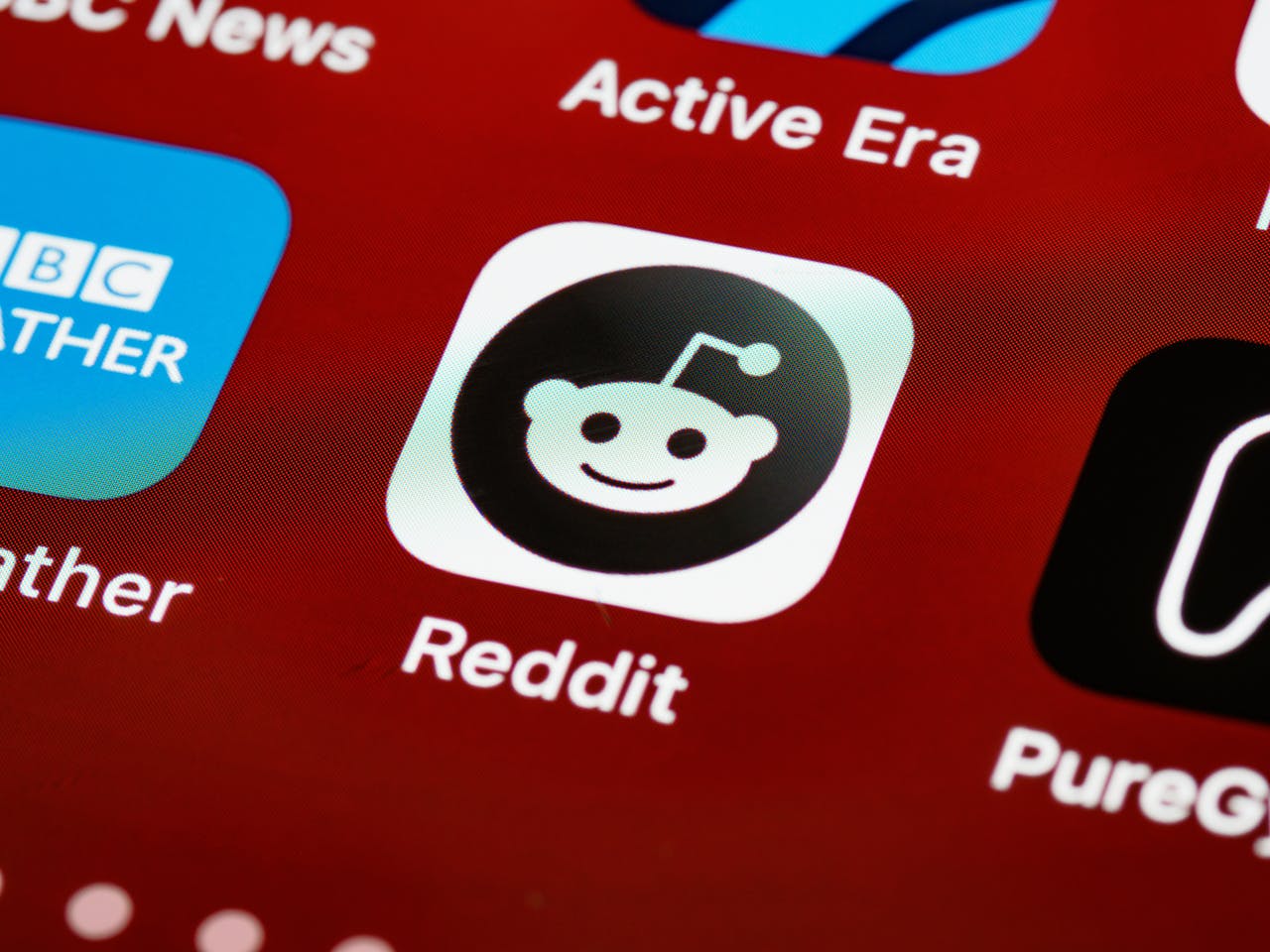Blog: Creative Strategy in Digital Advertising
Table of Contents
Creativity without a strategy is art. Creativity with a strategy is advertising. Silverback Strategies shows you why your business needs a creative approach to digital advertising. We’ll show you where to start and the pros and cons of various creative team structures.
The Importance of Creative Strategy in Digital Advertising
Creativity is the most significant factor in an advertisement’s performance. Creative digital marketing includes visual appeal and carefully crafted messages that plant a seed in buyers’ minds. It’s that spark that elevates ads from functional to brilliant.
According to a 2023 study by Yahoo! and MAGNA Media Trials, quality creative is “The strongest driver of ad effectiveness and brand opinion.” Compared to placements and targeting, creative accounts for 79% of top-of-mind ad recall, 77% of brand favorability, and 56% of purchase intent. The numbers don’t lie.
In other words, strategies that rely on manual platform levers and stale creative are missing an enormous amount of opportunity. Creative advertising paves the way for your paid social campaigns to attract new audiences, grow your market share, and ultimately get the KPI results you want.
Set Your Creative Strategy Before Building Paid Media Campaigns
Building a successful paid media marketing campaign takes a fair amount of resources. There are many steps and plenty of people involved. Marketing managers or directors are often under internal pressure from higher-ups to see a positive return on ad spend. That pressure can lead to creative strategies getting pushed aside in the name of efficiency. However, launching with ill-informed or outdated creative can actually exacerbate the issues at hand.
In some cases, business owners and marketing leaders have become removed from their buyers, yet, they still believe in assumptions that may have only been true years ago. As a result, they dictate creative elements like imagery or copy based on outdated assumptions. If these assumptions turn out to be wrong because they haven’t kept up with new research, then the campaign’s creative aspects won’t resonate anymore. Or worse, it could cause confusion and damage your brand.
It’s tempting to launch campaigns as quickly as possible, but doing so can be extremely risky if the creative strategy isn’t right or isn’t there at all. Let’s explore ways marketers can optimize their creative strategies in digital advertising.
How Audience Research Can Influence Creative Direction
Creative advertising depends primarily on evoking the right emotions in your target buyers. This starts with conducting market research to understand them. What’s their demographic makeup? What motivates them to buy?
Audience research starts with hypotheses about your audience based on your company’s collective experience in your market. Then, collecting data to support or refute each hypothesis. This can be done in two different ways:
- Primary research. Interview or survey your target audiences directly. This gives you more control over data quality and specific insights but can be costly and time-consuming.
- Secondary research. Examine existing data from other research studies. This is typically less expensive, but finding reliable data about your industry or niche can be challenging, especially with third-party cookies being phased out.
Unfortunately, too many companies fail to apply new data to creative digital marketing. This is usually due to a lack of robust data analysis or the need for a feedback loop between creative and analytics teams. Creating a culture and process of structured testing and sharing results leads to a cycle of continuous improvement.
Components of a Creative Strategy
A digital marketing creative strategy is more than graphic design and aesthetics. Your messages must have depth, and your ads must tie back to your overarching digital marketing objectives.
The audience research you’ve collected should be used to guide specific elements within a digital advertisement. Here are four key elements to identify for a solid creative strategy:
- Ideas: What content will you make, and what will it say?
- Offers: What will you offer to consumers? How will you get them to respond, engage, and converse?
- Visual: What will your advertisements look like? Is there a visual theme or guideline?
- Narrative: Refer to your content strategy – what story are you trying to tell?
- Channels: What channels are you going to advertise on? What is the unique look/feel of the content on each? How does this affect the types of inputs you need (ex. Content creators, stock footage, etc)
- Audience Research: What are the key barriers and drivers to purchase that you’re hoping to test? What insights can you gather to ensure you’re “solving” your target markets’ problems?
- Messaging: How are you positioning your business as the best solution? Are you going to be promoting enticing offers? Are you showcasing the ways you’re the best solution to identified pain
- Visuals: What’s trending on the channels you’re advertising on? What are competitors doing on those channels? What inspiration can you gather? How can you differentiate?points?
Understanding the Target Audience
Before developing an effective digital marketing campaign, you need to know whose attention you’re trying to attract. What does your ideal buyer look like? Do they skew toward certain demographics? Are they located in a specific geographic area? How much purchasing power do they command? The answers to these questions will set the foundation for your creative strategy.
In addition to the primary and secondary research methods we mentioned above, you can also define your target audience by:
- Looking at market research within your industry
- Analyzing your competitors’ customers
- Creating customer personas based on your “ideal” customer
- Mapping out who your target customer isn’t
- Testing your ad creative
We recommend using a combination of methods to really hone in on your target customer base. And, of course, remember to keep revising as you go along, especially when your organization grows or offers new products.
Crafting a Compelling Message
A compelling message speaks directly to your target audience. Effective digital advertising hinges on the strategic use of your ad’s tone and voice and your campaign’s overarching story.
Your brand’s tone of voice should be consistent across all your ads and should reflect the character of your business to create a relatable and trustworthy presence. Creative storytelling should captivate your audience by making your message more engaging and memorable. (This is where appealing to their emotions comes in.)
When tone and storytelling work together, you create compelling marketing messages that foster a deeper connection with your audience.
- It must be relevant. Your differentiator must be something your buyers care about.
- It must be true. Otherwise, your buyers will feel mislead. They’ll tell their peers and it can harm your brand.
- It must be provable. Use customer testimonials, reviews, research statistics, or influencer endorsements to prove your differentiator.
Selecting the Right Channels
The most effective digital channels for your creative strategy depend on your target audience and each platform’s unique features. The audience analysis you compiled should show you where your potential customers are most active based on their demographics. For instance, younger audiences might be more engaged on social media platforms like Instagram and TikTok, while working professionals might frequent LinkedIn and online forums specific to their industry.
Also, consider the strengths of each platform: storytelling works incredibly well on a video marketing platform like YouTube. Email marketing is effective for personalized communication and retention efforts. As you plan your creative advertising strategy, take the time to get to know each social media platform so you can use it to your advantage rather than wasting time and resources.
Questions to Answer When Developing a Creative Strategy
Market research helps with a variety of business decisions, especially when designing creative digital marketing. You must use your research to answer these two key questions when building your campaign.
What Pain Point Do You Solve?
Your creative strategy should answer the question of what pain points your product or service solves. One good way to do this is to consider your audience research. Hearing directly from buyers gives marketers a chance to flex their empathy skills. The exact words and phrases buyers use to describe their pain points can inform your creative advertising text and graphics.
In-house paid media, outsourced creative.
Some businesses may have grown by figuring out paid search or paid social internally. They’ve grown to the point where they need to outsource ad creative to freelancers or boutique creative agencies. Unfortunately, it can be challenging if the internal team isn’t able to provide directional feedback to the creative team. Creative teams may go adrift in their direction, leaving companies in the painful position of searching for new creative resources.
Why Are You Better Than The Competition?
You must understand how your product or service stands out – in a positive way – from your competitors. Good differentiators must pass three tests:
- It must be relevant. Your differentiator must be something your buyers care about.
- It must be true. False claims make buyers feel misled. They’ll tell others in online reviews or social media, which can harm your brand reputation.
- It must be provable. Prove your value by using customer testimonials, reviews, research statistics, or influencer endorsements.
Techniques for Effective Creative Digital Marketing
The digital landscape changes daily, but there are still a few tried-and-true guidelines for maximizing creative digital marketing across channels and platforms.
Visual and Interactive Content
In a world where it can be difficult to get (and keep) user attention, visual content enhances user engagement and conveys information quickly and effectively. Infographics, videos, and interactive ads are powerful tools that can capture attention and communicate complex ideas in an easily digestible format. Not only do these types of content boost user engagement, they also increase the likelihood of shares and interactions.
Personalization and Customization
Personalization in digital advertising helps create more relevant and engaging experiences for your customers. Using data and analytics, you can tailor digital content to individual consumer preferences, behaviors, and needs, making communication more impactful. Personalized email campaigns, targeted ads, and customized product recommendations can significantly enhance your customers’ satisfaction and loyalty.
Leveraging Data and Analytics
Data and analytics must inform and refine your creative digital marketing strategies. Key metrics, such as engagement rates, like hook rates and hold rates, conversion rates, and customer behavior, can give you valuable insights into what works and what doesn’t. Keep using these insights to continually optimize your marketing efforts and align your digital strategies with audience preferences and market trends.
Creative Marketing Team Combinations
There are many different ways to set up creative marketing teams. On one hand, you can insource 100% of your marketing needs with in-house paid media, design, content, and analytics teams. On the other hand, you can outsource all of your marketing needs to one or multiple agencies.
Most companies don’t have the luxury of choosing one or the other. They must insource certain marketing specializations and outsource others. This sometimes requires marketing directors to coordinate with multiple agencies or freelancers that specialize in particular niches. However, poor communication between teams can lead to sub-par results. Here are a few common creative team structures and the challenges that may come with each.
In-house Creative Team, Outsourced Paid Media
This setup may be the case for a company that has an in-house marketer with some graphic design skills. However, outside of navigating image size requirements for each platform, this dynamic tends to result in communication delays, which hinder a campaign’s ability to test new creative.
There are also companies who like to keep their brands static over the years. What they think works may actually be harmful to the brand identity through a performance lens. Outsourcing your marketing helps you stay innovative and dynamic.
In-house Paid Media, Outsourced Creative
Some businesses may have grown by figuring out paid search or paid social internally. They now need to outsource their creative advertising to freelancers or boutique agencies. Unfortunately, they may find it challenging if their in-house team isn’t able to provide directional feedback to the outside creative team. Creative teams may go adrift, leaving companies in the position of searching for new resources.
Separate Creative and Paid Media Agencies
There are scenarios where a company wants two separate agencies to collaborate. In some cases, this setup works very well. However, poor campaign performance may lead to infighting, which damages morale and team dynamics. Without clear expectations, trust, and outstanding communication, this can be a complicated arrangement to manage.
The Right Kind of Creative Marketing
Silverback Strategies crafts campaigns based on your business model and marketing needs by assigning a team of specialists to your account. As your marketing needs evolve and grow, you’ll have access to familiar faces who already know your business. Our creative and paid media teams work in sync to test creative, analyze results, iterate, and adjust your campaigns.
Recognized by Ad Age, Inc. Magazine, and Washington Post as a “Best Place to Work,” Silverback is a destination for top marketing talent in the nation. Better talent means better performance.
Contact us to learn how you can start developing the right creative digital marketing strategy for your business today.



